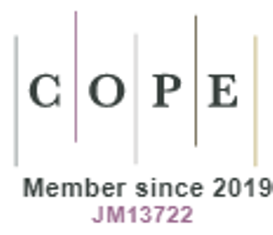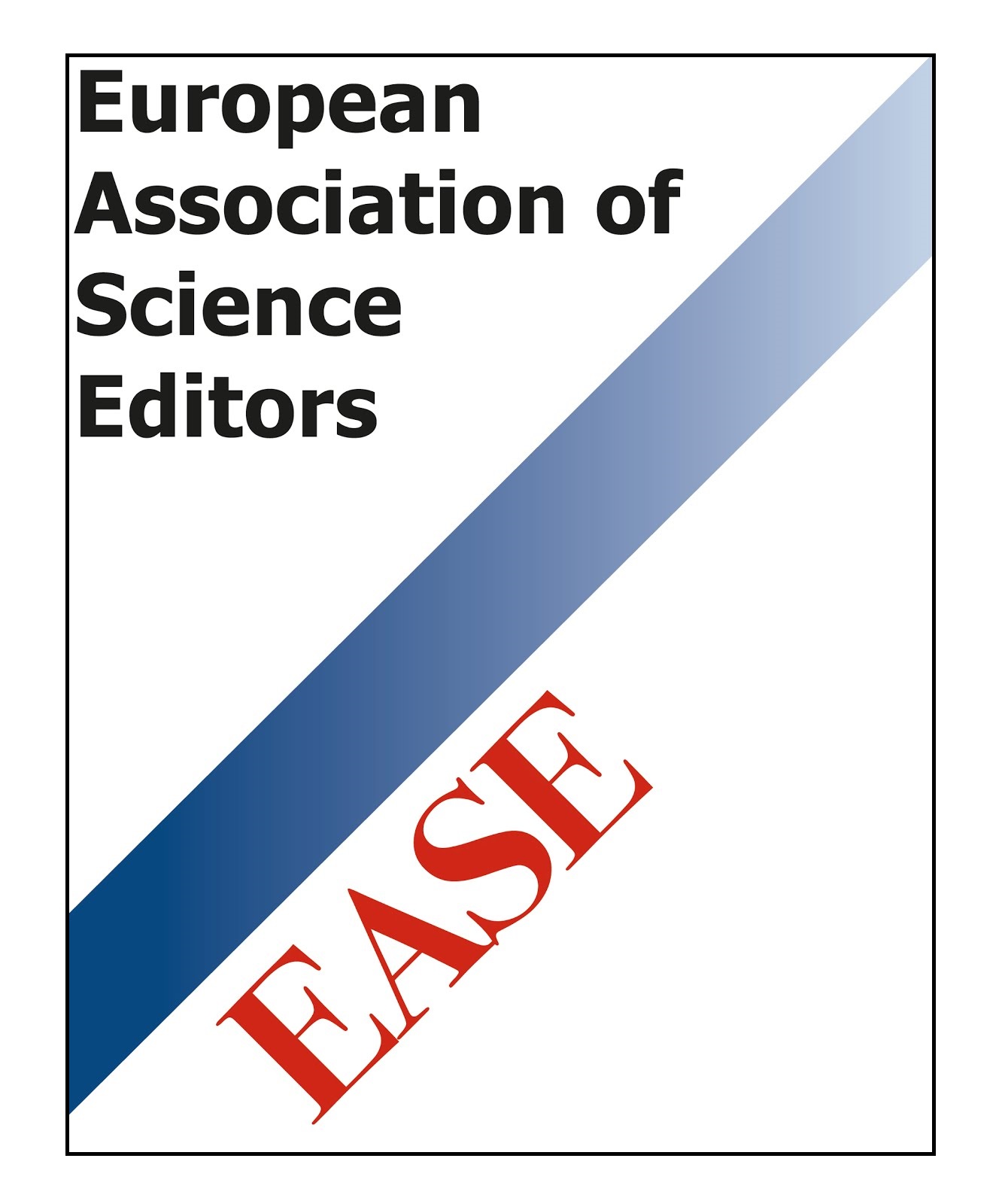Phase Shift Analysis for Neutron-Alpha Elastic Scattering Using Phase Function Method with Local Gaussian Potential
DOI:
https://doi.org/10.15415/jnp.2022.92032Keywords:
n-α scattering, Phase Function Method (PFM), Gaussian potential, cross-sectionAbstract
Background: The nucleon-nucleus scattering has been studied using Gaussain potential with
spin-orbit term of Thomas type to fit the experimental scattering phase shifts (SPS). Recently,
Hulthen potential without spin-orbit term has been utilised for studying α–nucleon scattering with phase function method (PFM).
Purpose: The main objectives of this paper are:
1. To obtain the best possible interaction potentials that best describe the neutron-α elastic
SPS in various channels.
2. To compute the partial cross-sections for scattering p-states and the total cross-section for
the reaction.
Methods: The local interaction potential is modeled using Gaussian function. The non-local
spin orbit term is chosen to be proportional to derivative of local potential. The phase function method has been numerically solved using 5th order Runge-Kutta method to compute the SPS. The model parameters are varied in an iterative fashion to minimise the mean absolute percentage error (MAPE) w.r.t. the experimental SPS.
Results:
1. The SPS for S, P and D channels have been obtained with MAPE values less than 3%.
2. The partial cross-sections for p 1/2 and p 3/2 have been plotted and the respective resonance energies and FWHM have been found to be in reasonable agreement with values in literature.
3. The total cross-section for the reaction has been determined and found to be matching well with experimental findings.
Conclusions: Gaussian potential with associated spin-orbit term has been shown to be a
reasonably good choice for explaining the n-α scattering reaction.
Downloads
References
T.A. Tombrello and G.C. Phillips, Nucl. Phys., 20, 648-662, (1960).
https://doi.org/10.1016/0029-5582(60)90204-2
A.N. Mitra, V.S. Bhasin and B.S. Bhakar, Nuclear Physics (Netherlands) Divided into Nucl.
Phys. A and Nucl. Phys. B, 38, 316-321, (1962).
https://doi.org/10.1016/0029-5582(62)91037-4
E. van der Spuy, Nucl. Phys., 8, 381-414 (1956).
https://doi.org/10.1016/S0029-5582(56)80056-4
H. Kanada, S. Naagata, S. Otsuki, and Y. Sumi, Prog. Theor. Phys., 30, 475-493, (1963).
https://doi.org/10.1143/PTP.30.475
P.E. Hodgson, Adv. Phys., 25, 1-39, (1958).
https://doi.org/10.1080/00018735800101157
C.L. Critchfield and D.C. Dodder, Phys. Rev., 76, 602, (1949).
https://doi.org/10.1103/PhysRev.76.602
J.L. Gammel and R.M. Thaler, Phys. Rev., 109, 2041, (1958).
https://doi.org/10.1103/PhysRev.109.2041
L. Brown, W. Haeberli and W. Tr ¨ achslin, Nucl. Phys. A, 90, 339-352, (1967).
https://doi.org/10.1016/0375-9474(67)90238-2
A. Houdayer et al., Phys. Rev. C, 18, 1985, (1978).
https://doi.org/10.1103/PhysRevC.18.1985
J. Berger et al., Phys. Rev. Lett., (1976); Erratum, 37, 1651, (1976).
https://doi.org/10.1103/PhysRevLett.37.1195
L.G. Votta, P.G. Roos, N.S. Chant and R. Woody, Phys. Rev. C, 10, 520–528, (1974).
https://doi.org/10.1103/PhysRevC.10.520
Y.C. Tang, in Topic in Nuclear Physics II, Lecture Notes in Physics, 145, 571-692, (1981).
https://doi.org/10.1007/BFb0017231
R. Kamouni and D. Baye, Nucl. Phys. A, 791, 68-83, (2007).
https://doi.org/10.1016/j.nuclphysa.2007.04.009
G.R. Satchler, L.W. Owen, A.J. Elwyn, G.L. Morgan, and R.L. Walter, Nucl. Phys. A, 112,
, (1968).
https://doi.org/10.1016/0375-9474(68)90216-9
J. Dohet-Eraly and D. Baye, Phys. Rev. C, 84, 014604 (2011)
https://doi.org/10.1103/PhysRevC.84.014604
G.L. Morgan and R.L. Walter, Phys. Rev., 168, 1114, (1968).
https://doi.org/10.1103/PhysRev.168.1114
U. Laha and J. Bhoi, Phys. Rev. C, 91, 034614, (2015).
https://doi.org/10.1103/PhysRevC.91.034614
J. Bhoi and U. Laha, Brazilian Journal of Physics, 46, 129-132, (2016).
https://doi.org/10.1007/s13538-015-0388-x
A.K. Behera, J. Bhoi, U. Laha and B. Khirali, Commun. Theor. Phys., 72, 075301, (2020).
https://doi.org/10.1088/1572-9494/ab8a1a
B. Buck, H. Friedrich, C. Wheatley, Nucl. Phys. A, 275, 246-268, (1977).
https://doi.org/10.1016/0375-9474(77)90287-1
S.Y. Igashov, A.M. Shirokov, Bull. Russ. Acad. Sci. Phys., 71, 769–775 (2007).
https://doi.org/10.3103/S1062873807060044
A. Khachi, L. Kumar, A. Sharma and O.S.K.S. Sastri, J. Nucl. Phys. Mat. Sci. Rad. A., 9,
-5, (2021).
https://doi.org/10.15415/jnp.2021.91001
A. Sharma and O.S.K.S. Sastri,Int. J. Quantum Chem., 121, e26682, (2021).
https://doi.org/10.1002/qua.26682
A. Bohr and B.R. Mottelson, Nuclear Structure (World Scientific, Singapore, 1998).
F. Calogero, American Journal of Physics, (1968).
https://doi.org/10.1119/1.1975005
V.V. Babikov, Sov. Phys. Usp., 10, 271, (1967).
https://doi.org/10.1070/PU1967v010n03ABEH003246
P.M. Morse, W.P. Allis, Phys. Rev., 44, 269, (1933).
https://doi.org/10.1103/PhysRev.44.269
M. Odsuren, K. Katō, M. Aikawa and T. Myo, Phys. Rev. C., 89, 034322, (2014).
https://doi.org/10.1103/PhysRevC.89.034322
A. Csoto and G.M. Hale, Phys. Rev. C, 55, 536, (1997).
https://doi.org/10.1103/PhysRevC.55.536
J.E. Bond and F.W.K. Firk, Nucl. Phys. A, 287, 317-343, (1977).
https://doi.org/10.1016/0375-9474(77)90499-7
A.I. Mazur et al, Phys. Rev. C, 79, 014610, (2008).
https://doi.org/10.1103/PhysRevC.79.014610
K. Shibata, J. Nucl. Sci. Technol., 27, 81-88, (1990).
Downloads
Published
How to Cite
Issue
Section
License
Copyright (c) 2022 Lalit Kumar, Anil Khachi, Prof. O.S.K.S Sastri

This work is licensed under a Creative Commons Attribution 4.0 International License.
View Legal Code of the above-mentioned license, https://creativecommons.org/licenses/by/4.0/legalcode
View Licence Deed here https://creativecommons.org/licenses/by/4.0/
| Journal of Nuclear Physics, Material Sciences, Radiation and Applications by Chitkara University Publications is licensed under a Creative Commons Attribution 4.0 International License. Based on a work at https://jnp.chitkara.edu.in/ |














